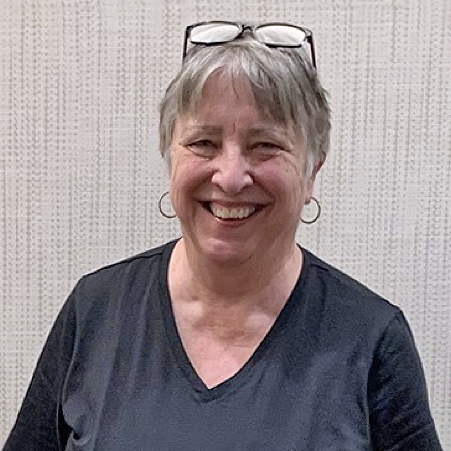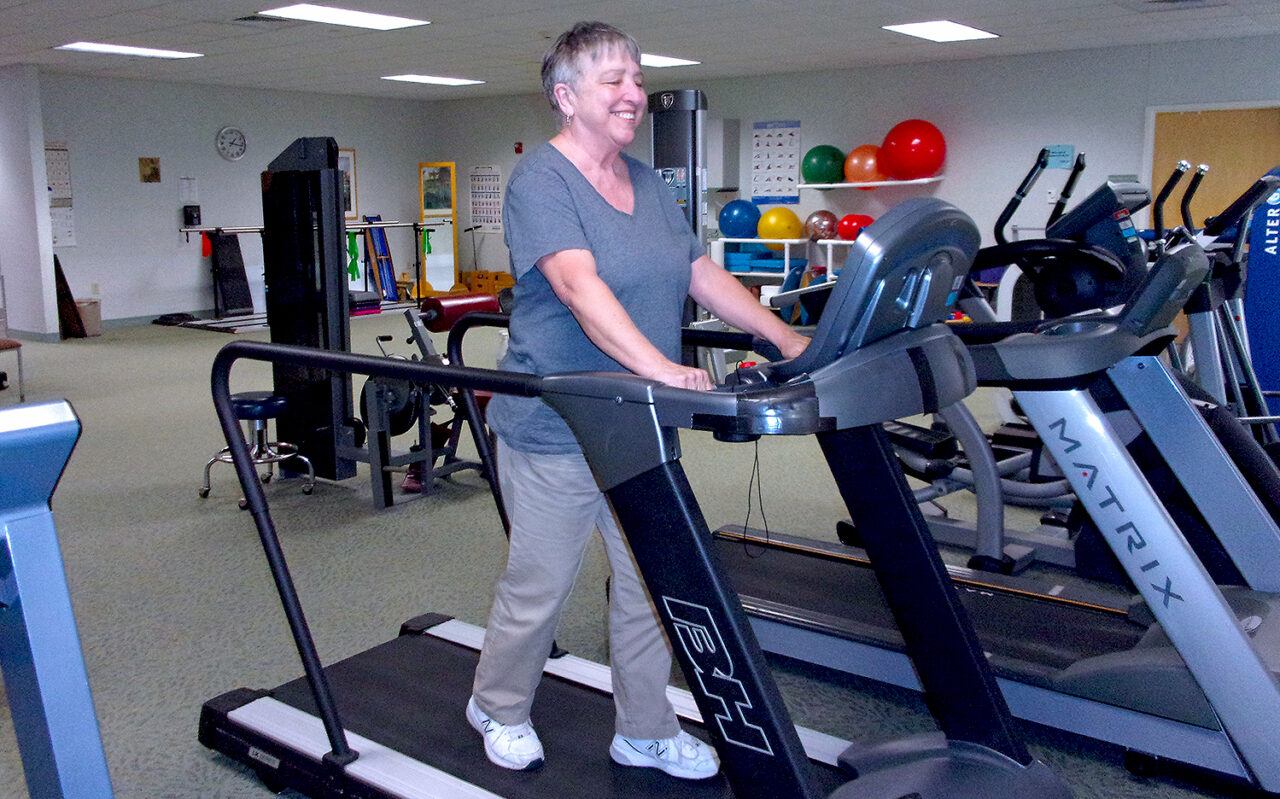When I was young, I ran for exercise. I wasn’t fast, but I had endurance and fantasized about the Boston Marathon. Later, running got difficult. Quarter-mile tracks were boring, and road work on inclines and slopes hurt my knees. I switched to outdoor walking and dealt with traffic, variable weather, and seasonal allergies. Then I discovered treadmills, and I got hooked!
I lived with three teenage sons and one husband, so I never got the TV clicker. But on the treadmill at the gym, I could set my speed and grade, monitor my heart rate and watch ‘Monk’ reruns. It was, and still is, good for me!
Treadmill walking works for one significant reason; it is something I can fit into my life 3-6 times a week. As we age, exercise is key to maintaining strength, balance, and even cognition – but it’s hard to establish a regular program. New Year’s resolutions about getting more exercise are often forgotten by February.
It’s generally not the exercise itself, but the establishment of a regular practice that’s the challenge for most people. So, as a Physical Therapist, I help people find something they can embrace over time. It might be a stationary bike, mall walking, hall walking, or extra laps around the grocery store — whatever they can work into their schedule and continue within their daily routines.
Think about how you might develop a regular exercise routine, and then try. We may never get to that marathon, but establishing a regular practice can get us a lot closer. The results are worth it!
 Barbara Kruschwitz, PT, DPT works in the physical therapy department at Whittier Rehabilitation Hospital Bradford. Barbara has almost five decades of experience and loves to help patients recover. She has worked in nationally and internationally-recognized facilities, taught clinically and in universities, worked in home care and ICUs, and enjoys one-on-one hands-on clinical work – like our TCU – the best. She says: “Loss of mobility impairs life quality. Knowledge and encouragement can make a huge difference. That is why I come to work – I can help with both.”
Barbara Kruschwitz, PT, DPT works in the physical therapy department at Whittier Rehabilitation Hospital Bradford. Barbara has almost five decades of experience and loves to help patients recover. She has worked in nationally and internationally-recognized facilities, taught clinically and in universities, worked in home care and ICUs, and enjoys one-on-one hands-on clinical work – like our TCU – the best. She says: “Loss of mobility impairs life quality. Knowledge and encouragement can make a huge difference. That is why I come to work – I can help with both.”




